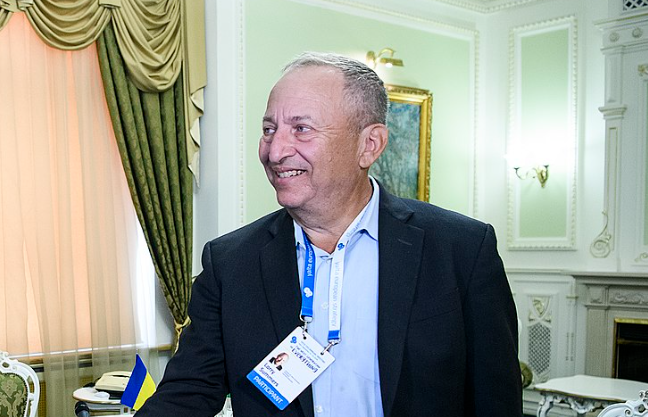Why Some Humans Are More Likely to Help According to Neuroscience
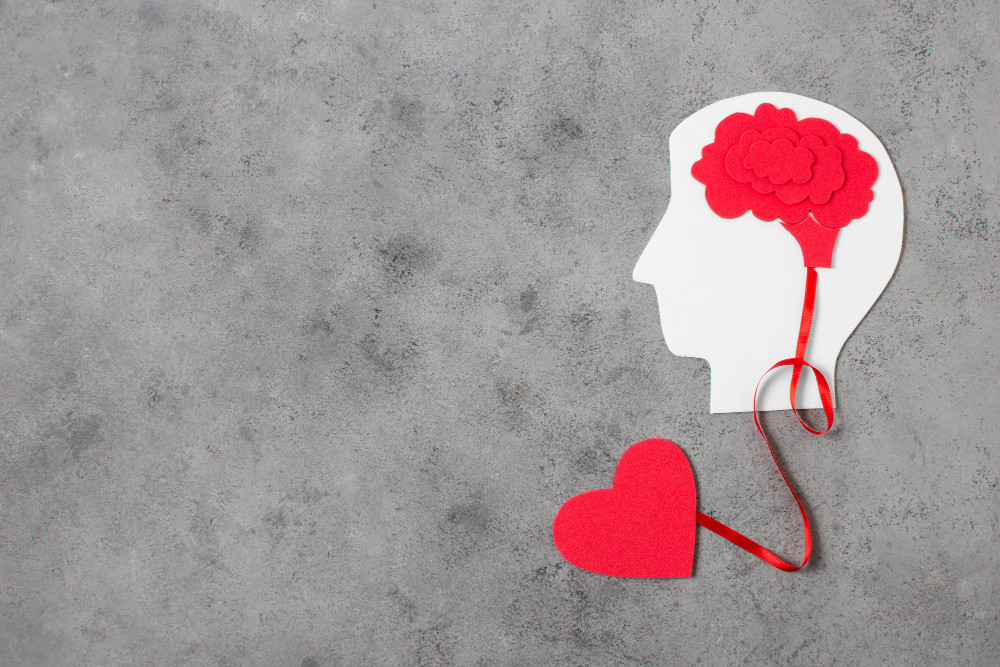
© Freepik
Have you ever wondered why some people rush to help a stranger in need while others hesitate? Does the brain have special regions for altruism?
The answer lies deep within the brain, where complex processes shape our willingness to lend a hand.
Scientists are uncovering how certain brain mechanisms drive helping behavior, revealing fascinating insights about human kindness.
Let’s explore what makes some individuals more likely to help and how our brains play a role in these selfless acts.
How the Brain Mechanisms of Helping Behavior Drive Kindness
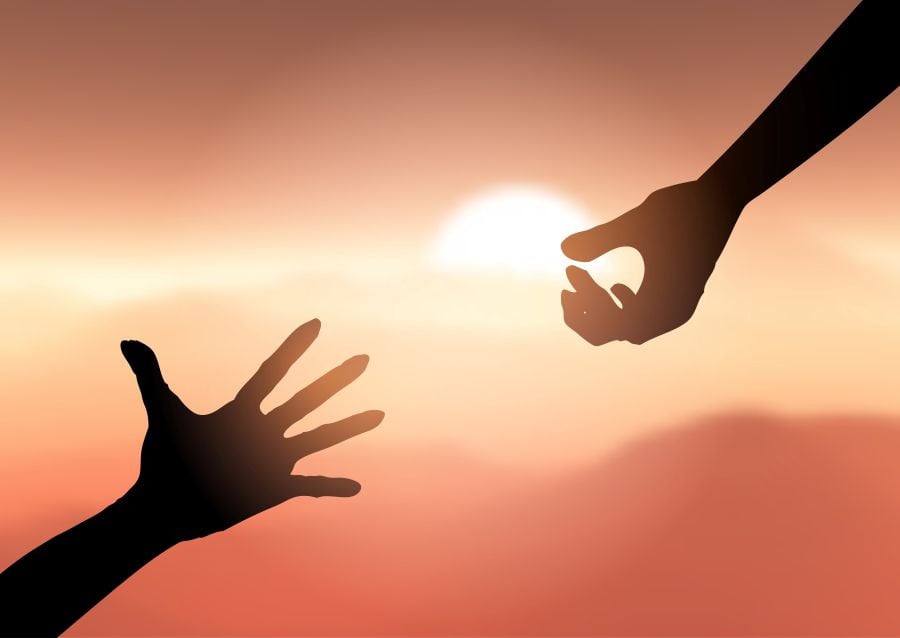
Helping others starts with understanding their needs, and the brain has specific areas that make this possible.
Research shows that brain regions like the insula, cingulate cortex, and nucleus accumbens are key players.
The insula helps us feel empathy, allowing us to sense another person’s distress. The cingulate cortex supports decision-making, guiding us to act on that empathy.
Meanwhile, the nucleus accumbens, linked to reward and motivation, makes helping others feel good. In studies with rats, those who helped distressed peers showed stronger activity in these areas compared to less helpful rats.
This suggests that people with more active empathy and motivation centers may naturally be more inclined to help.
Human brains work similarly. When we see someone in trouble, these regions light up, pushing us to act.
For example, seeing a friend cry might activate your insula, making you feel their sadness, while the nucleus accumbens encourages you to offer comfort because it feels rewarding.
This teamwork between brain areas helps explain why some individuals are quick to assist others.
The Role of Oxytocin in Helping
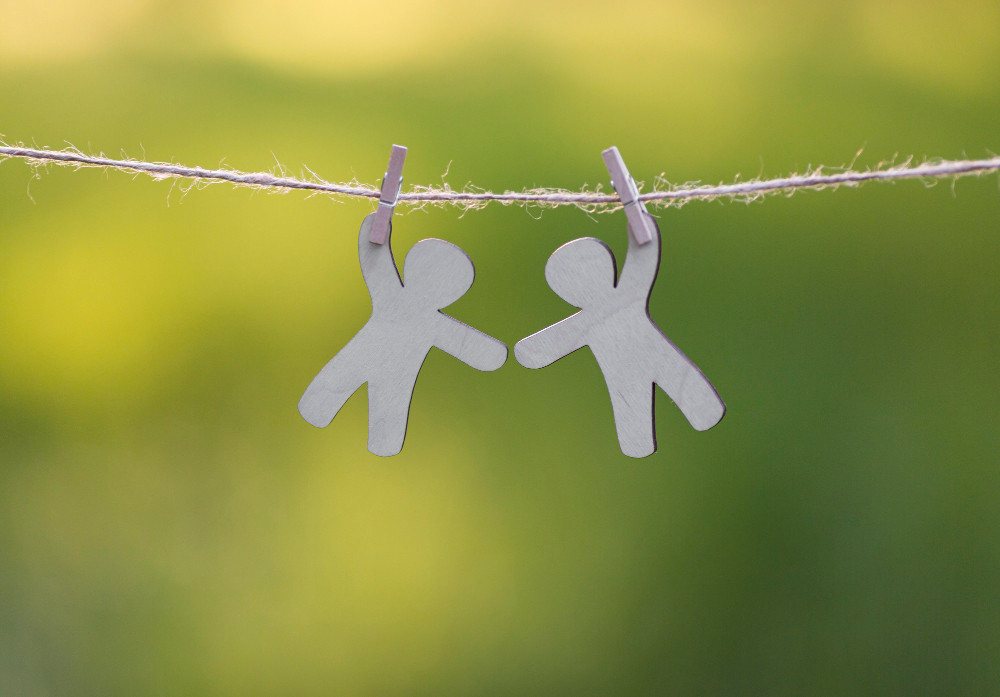
Another important factor is oxytocin, often called the “bonding hormone.” Oxytocin strengthens social connections and plays a big role in helping behavior.
Studies found that rats with higher oxytocin receptor levels were more likely to free trapped peers, suggesting that oxytocin boosts the drive to help.
In humans, oxytocin is released during positive social interactions, like hugging or spending time with loved ones, which can make us more willing to help others.
Interestingly, oxytocin doesn’t just work alone. It interacts with brain regions like the nucleus accumbens to enhance feelings of reward when we help.
This means that people with higher oxytocin levels might find helping others more satisfying, encouraging them to do it more often.
However, blocking oxytocin in certain brain areas didn’t stop helping entirely, showing that other factors, like empathy, also matter.
Why Some Help More Than Others
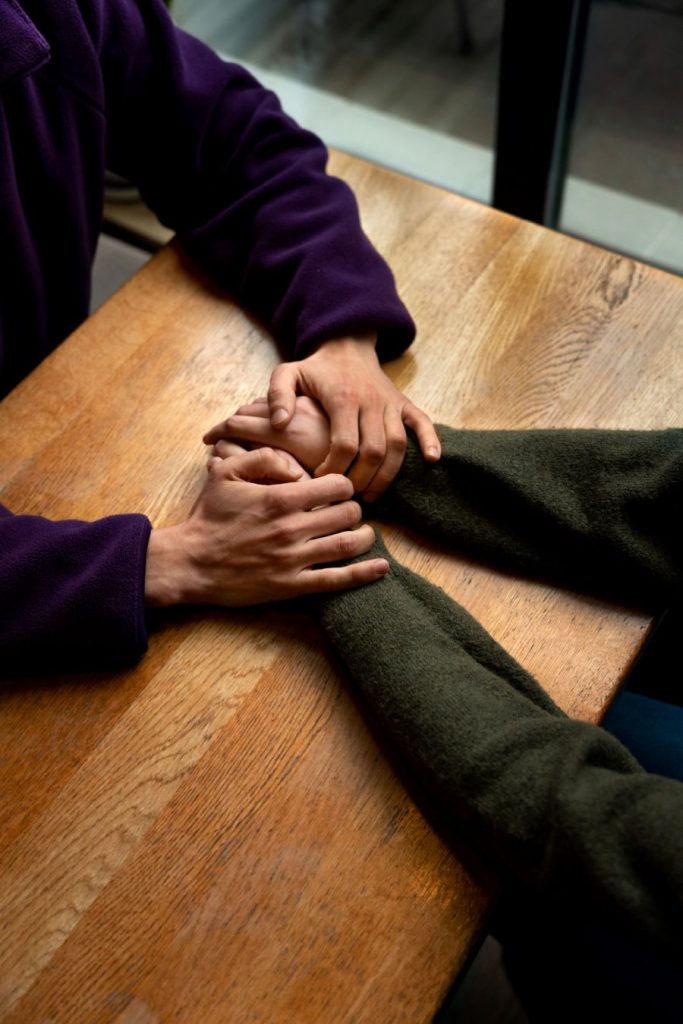
Not everyone responds to a cry for help in the same way, and brain differences help explain why.
People with stronger activity in empathy-related brain regions, like the insula, may feel others’ pain more deeply, making them more likely to act.
Similarly, those with higher oxytocin levels might feel a stronger pull to bond and assist. Social experiences also shape these brain mechanisms.
For example, rats were more likely to help peers they had positive interactions with, suggesting that familiarity and trust boost helping behavior.
In humans, personality traits like agreeableness can influence helping. Someone who is naturally kind and cooperative may have brain patterns that support frequent helping.
On the other hand, stress or negative experiences might dampen these brain responses, making helping less likely. Understanding these differences can help us foster kindness in communities by encouraging positive social bonds and empathy.
The brain mechanisms of helping behavior show that kindness is more than just a choice—it’s wired into our biology.
By studying how empathy, motivation, and hormones like oxytocin work together, scientists are unlocking the secrets of why some people are more likely to help.
These findings remind us that small acts of kindness are powered by remarkable processes in our brains, connecting us all in meaningful ways.
You might also want to read: Build an Attractive Personality to Marvel the World


